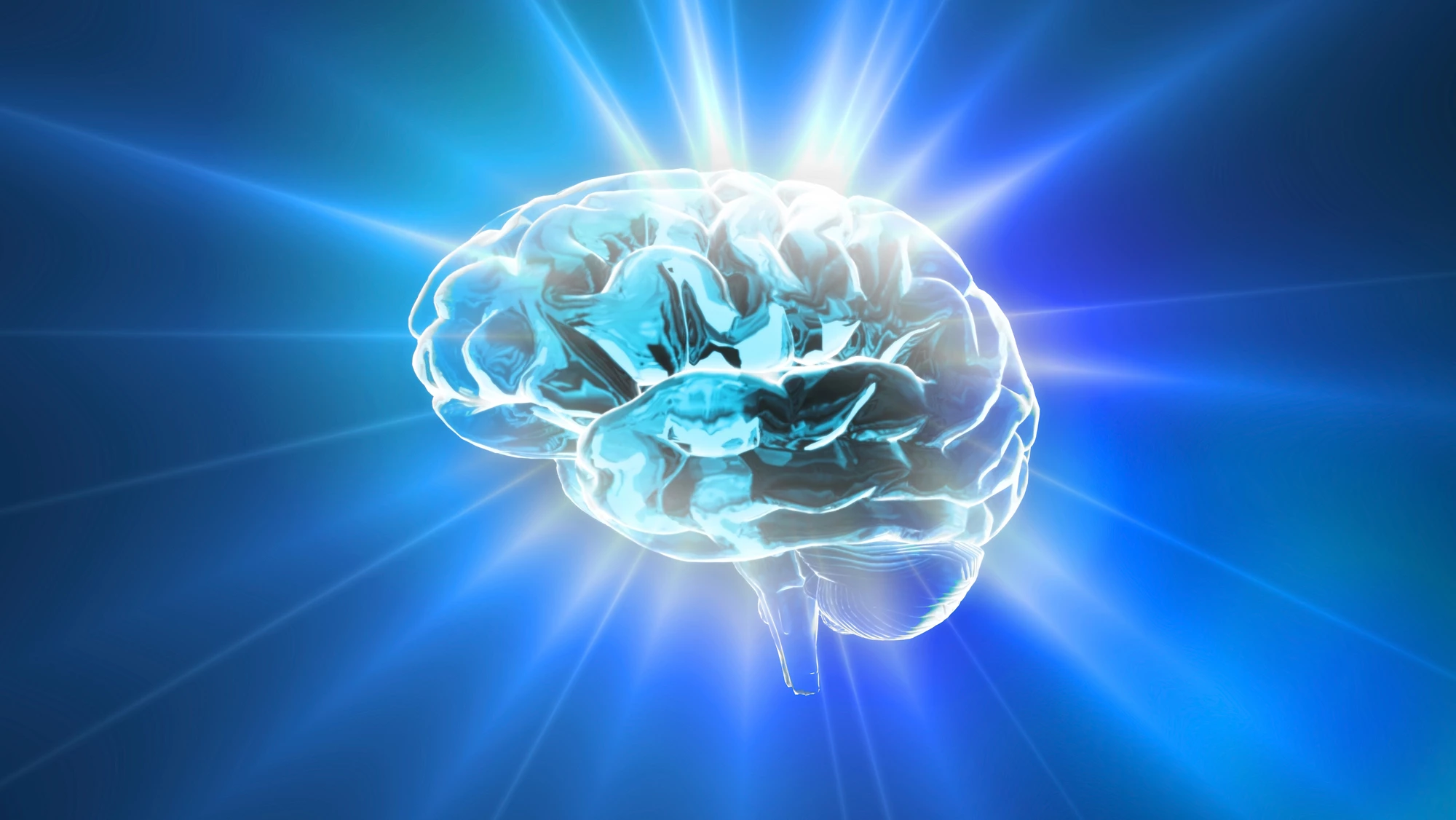New research from the University of South Carolina is uncovering exactly how non-alcoholic fatty liver disease (NAFLD) influences the neurological conditions associated with Alzheimer’s disease. The study describes how a certain protein produced in the liver can travel to the brain and trigger neuroinflammation.
Several recent studies have drawn strong connections between NAFLD (also known as metabolic associated fatty liver disease or MAFLD) and Alzheimer’s disease. Having clearly replicated the link in animal studies, researchers set out to home in on what specific liver mechanism could be causing this neurological outcome.
The new research focused on a particular protein called Lipocalin-2 (Lcn2). Prior studies have detected unusually high levels of Lcn2 in MAFLD patients, and it has been associated with acute and chronic inflammation. So the hypothesis the new study set out to explore was whether Lcn2 is the causal agent linking liver disease with neuroinflammation.
Using a mouse model, the researchers effectively demonstrated how high levels of Lcn2 circulating in the bloodstream can activate a number of pro-inflammatory processes in the brain. The study also suggests Lcn2 induces a weakening of the blood-brain barrier, which subsequently increases expression of inflammatory molecules in brain endothelial cells.
“Lipocalin 2 is one of the important mediators exclusively produced in the liver and circulated throughout the body among those who have nonalcoholic steatohepatitis – or NASH – which is a more advanced form of MAFLD,” explains Saurabh Chatterjee, one of the researchers working on the project. “The research is immensely significant because MAFLD patients have been shown to develop Alzheimer’s and Parkinson’s-like symptoms as older adults. Scientists can use these results to advance our knowledge in neuroinflammatory complications in MAFLD and develop appropriate treatments.”
Recent estimates suggest up to 10 percent of Americans suffer from NASH so this newly discovered mechanism linking liver disease and neuroinflammation highlights a major risk factor for neurodegenerative disease. Considering the growing body of research pointing to the role of inflammation in many diseases linked with cognitive decline, Chatterjee suggests this newly described liver-brain connection should inform new research directions for conditions such as Alzheimer’s.
“Our study may help design new therapeutic approaches to counter the neuroinflammatory pathology in NASH but also in other related brain pathology associated with chronic inflammatory diseases,” says Chatterjee.
The new study was published in the Journal of Neuroinflammation.
Source: University of South Carolina




